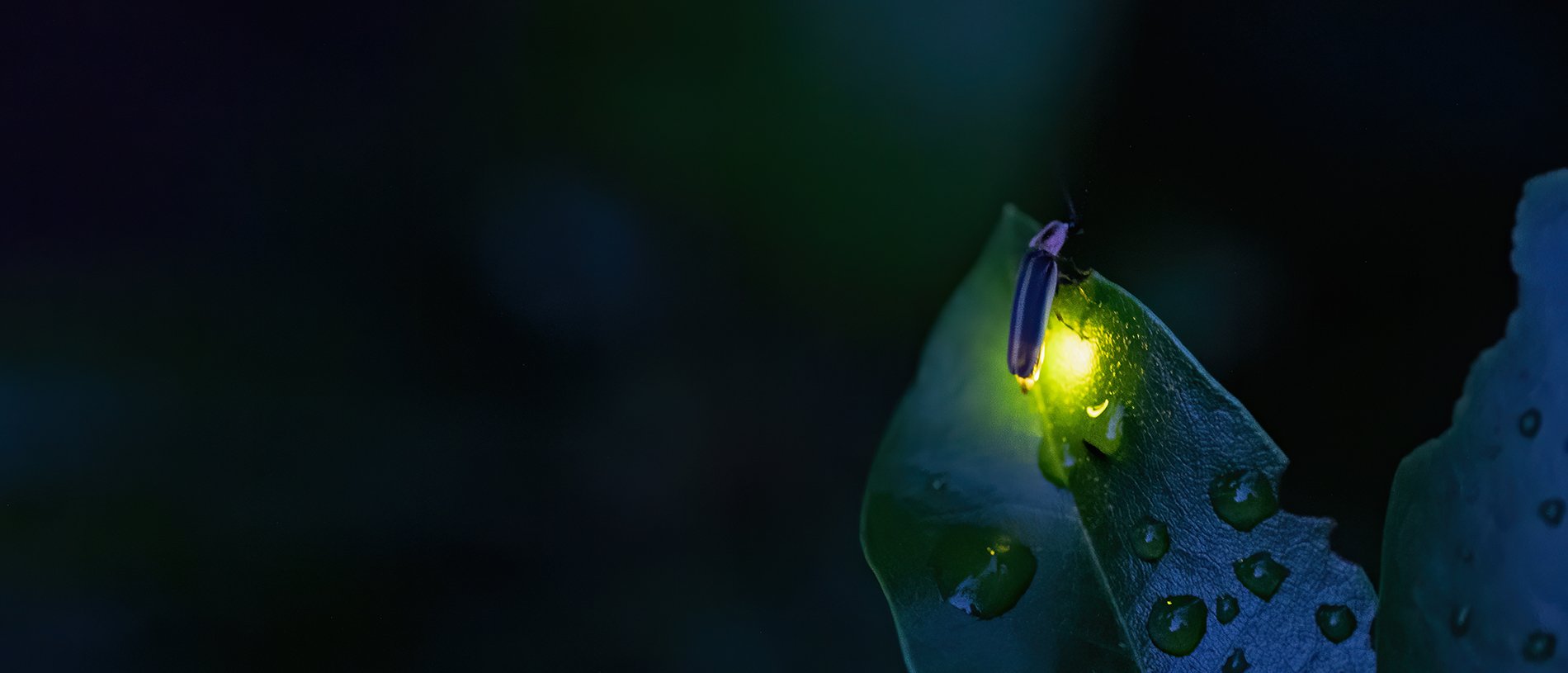Community Science
Firefly Watch
Firefly Watch Community Science Project combines an annual summer evening ritual with scientific research.
2024 Firefly Watch Update
For the past six years we have collected data from hundreds of enthusiastic Firefly Watch participants. Through approximately 16,500 submissions, we’ve tracked fireflies in fields, forests, lawns, and wetlands, in nearly 7,000 locations throughout the United States. We’ve worked with top firefly researchers, and enabled people of all ages to participate in community science.
As a way to take all of this amazing data to the next level, we are thrilled to hand the Firefly Watch torch to The Xerces Society, a science-based nonprofit organization that protects wildlife through the conservation of invertebrates. Their recently launched Firefly Atlas collects species-level data on the distribution and seasonal timing of fireflies. Firefly Atlas will garner more detailed and more specific data, allowing for even greater learning about the diversity of firefly species in the United States.
What This Means for Mass Audubon Firefly Watchers
Effective immediately, Mass Audubon will no longer collect data through our website. Instead, we encourage you to make a new account with Xerces. The folks at Xerces have set up a very informative site with useful instructions. While this new project requires a little deeper focus from participants than Firefly Watch did, we are confident that dedicated firefly watchers will enjoy it just as much or even more.
View Past Data & Maps
View maps that show past firefly observation data
Contact Us
Questions or need help? You can always email us.
Stay Connected
Don't miss a beat on all the ways you can get outdoors, celebrate nature, and get involved.



